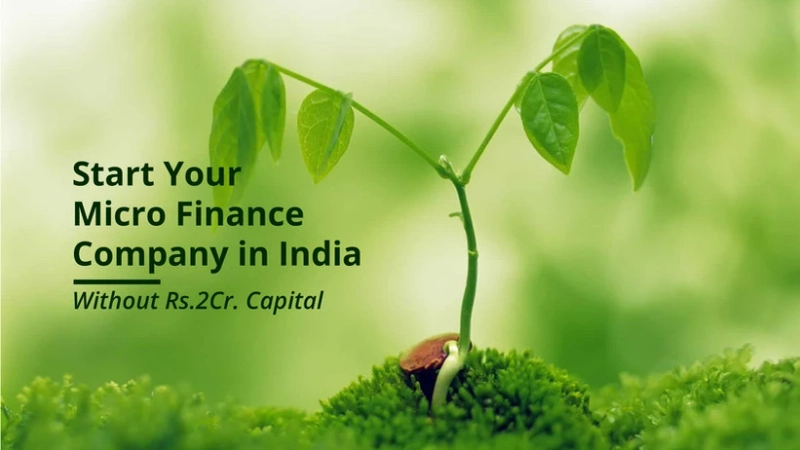In a nation as diverse and dynamic as India, addressing critical socio-economic challenges is essential to foster sustainable development. Microfinance, a powerful tool that provides financial services to those who are often excluded from traditional banking, plays a pivotal role in advancing the Sustainable Development Goals (SDGs) in the country. In this comprehensive article, we will delve into how microfinance in India aligns with and actively contributes to achieving various SDGs, with a particular focus on poverty reduction and gender equality.
The Intersection of Microfinance and Sustainable Development Goals
Microfinance institutions, often referred to as MFIs, are instrumental in bridging the gap between financial inclusion and the SDGs. These institutions provide small loans, savings accounts, insurance, and other financial services to underserved and marginalized communities. By doing so, they address several key Sustainable Development Goals, contributing to a more inclusive and equitable society.
1. SDG 1: No Poverty
Microfinance Contribution: Microfinance empowers low-income individuals and communities by providing access to credit, enabling them to start or expand small businesses. This, in turn, lifts them out of poverty and improves their overall quality of life.
2. SDG 5: Gender Equality
Microfinance Contribution: Microfinance programs often prioritize women as beneficiaries, providing them with the financial resources needed to become entrepreneurs, income earners, and decision-makers within their families. This contributes significantly to gender equality and women's empowerment.
3. SDG 8: Decent Work and Economic Growth
Microfinance Contribution: By facilitating access to finance, microfinance institutions promote entrepreneurship and create employment opportunities in both rural and urban areas. This is vital for achieving the goal of decent work and economic growth.
4. SDG 10: Reduced Inequalities
Microfinance Contribution: Microfinance plays a crucial role in reducing economic inequalities by providing financial services to marginalized communities and low-income individuals who are often excluded from mainstream banking.
5. SDG 17: Partnerships for the Goals
Microfinance Contribution: Collaboration between microfinance institutions, government agencies, non-profits, and the private sector exemplifies the spirit of partnership for the goals. Such partnerships leverage resources and expertise to enhance the effectiveness of microfinance programs.
The Path to Achieving SDGs: Case Studies from India
India, with its vast population and diverse socio-economic landscape, serves as an excellent example of how microfinance can make a difference in the context of the Sustainable Development Goals. Let's explore a couple of case studies that highlight the positive impact of microfinance in the country.
Case Study 1: Poverty Reduction in Rural India
In the rural heartlands of India, where access to traditional financial institutions is limited, microfinance has been a lifeline for many. Take the example of a small farming community in Tamil Nadu. With the help of microfinance loans, local farmers were able to invest in better seeds, modern farming techniques, and irrigation. As a result, their agricultural yields increased, leading to higher incomes and improved living conditions. This direct impact on poverty reduction aligns with SDG 1.
Case Study 2: Women's Empowerment in Uttar Pradesh
In the state of Uttar Pradesh, microfinance has been a catalyst for women's empowerment. Microfinance institutions here have focused on lending to women entrepreneurs, allowing them to start small businesses. This initiative has not only led to economic growth but has also fostered gender equality by enabling women to take control of their financial futures. Such stories exemplify how microfinance contributes to SDG 5.
Conclusion: Chaitanya India - Pioneering Microfinance for SDGs
Chaitanya India stands as a shining example of the best microfinance company in India, tirelessly working towards achieving the Sustainable Development Goals. Through their commitment to financial inclusion, poverty reduction, gender equality, and partnerships, Chaitanya India has emerged as a trailblazer in the microfinance sector.
As microfinance continues to align with and drive progress toward the SDGs, it becomes increasingly clear that this industry is not just about providing loans; it's about transforming lives and shaping a more equitable, inclusive, and sustainable future for India and the world. The journey is long, but the path is clear, and microfinance remains a powerful vehicle for change.



